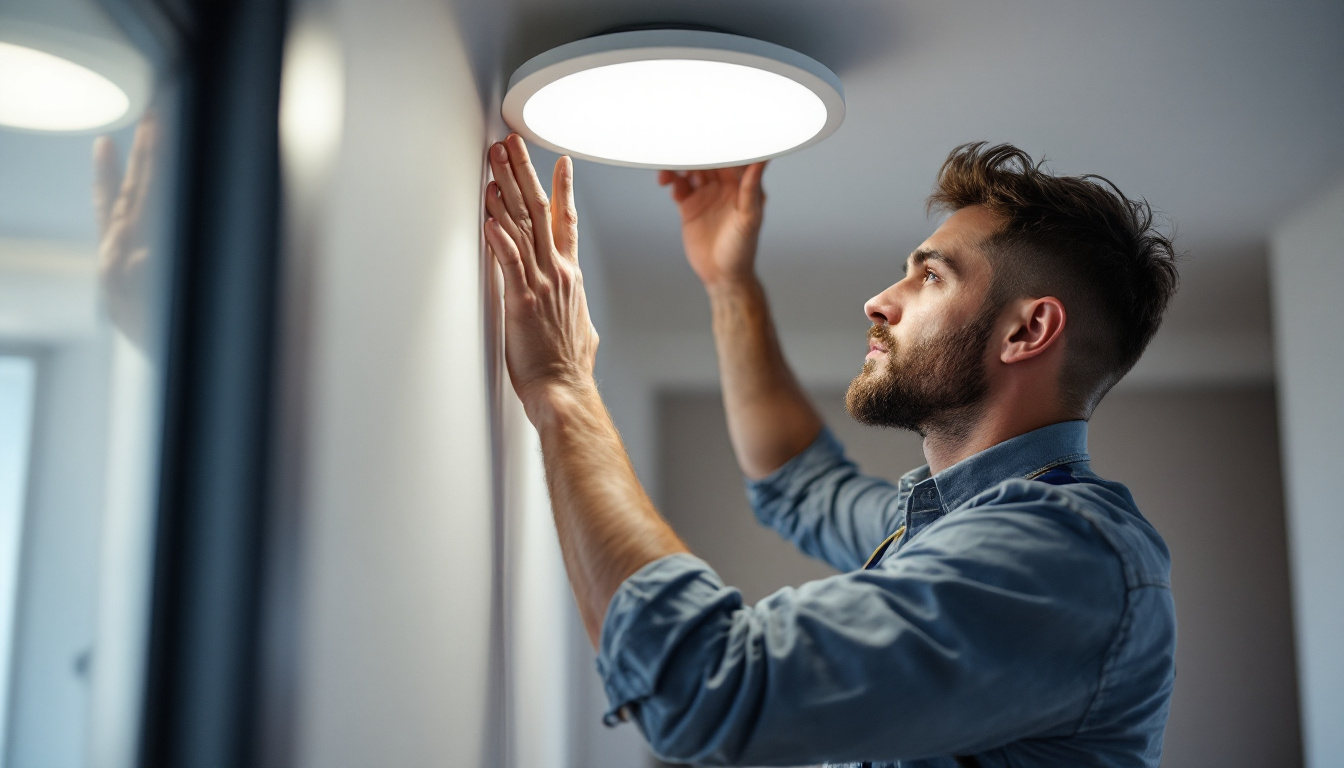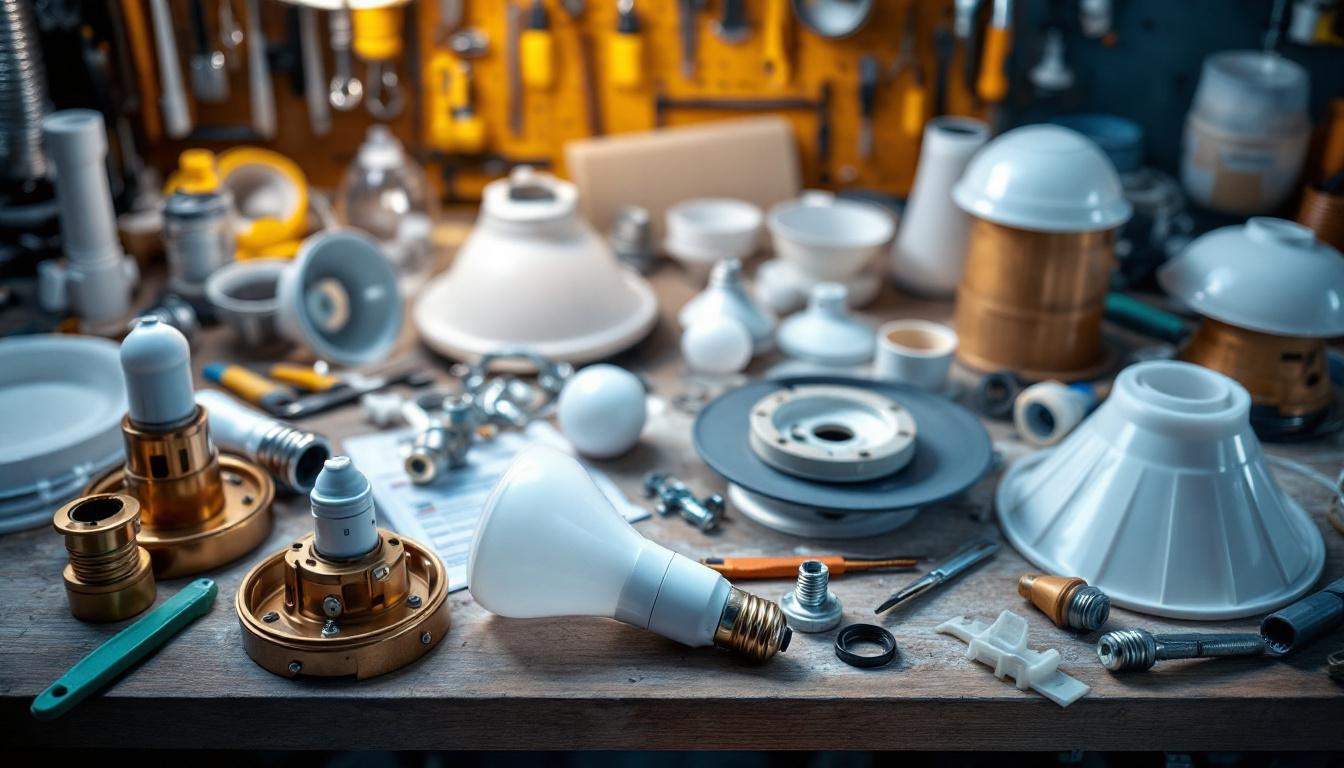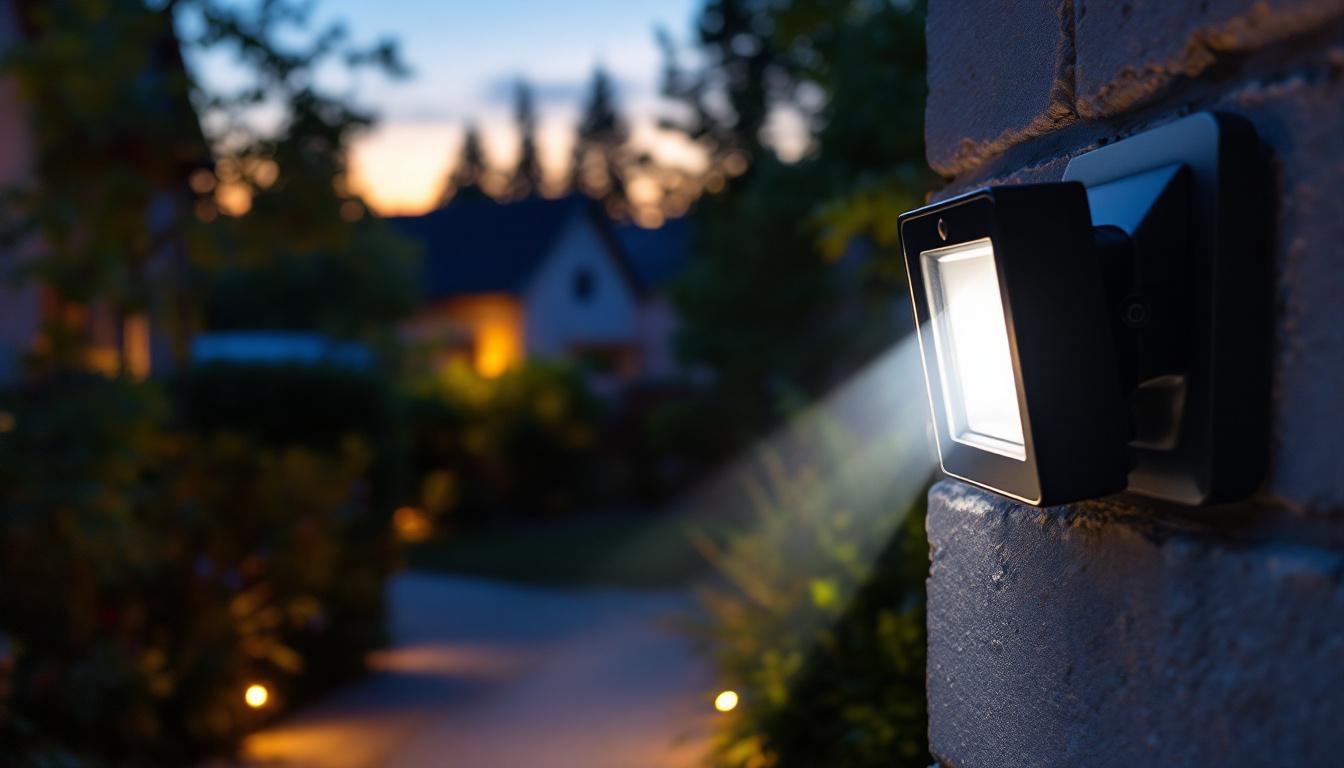
In the evolving landscape of lighting technology, recessed LED fixtures have emerged as a staple for both residential and commercial applications. Their sleek design, energy efficiency, and versatility make them a preferred choice among lighting contractors. This article explores the various approaches that smart lighting contractors can adopt when working with recessed LED 6 fixtures, ensuring optimal installation, performance, and client satisfaction.
Recessed LED lighting, often referred to as can lights or downlights, is installed into hollow openings in ceilings, providing a clean and unobtrusive look. These fixtures are designed to blend seamlessly with the ceiling, offering ambient lighting while also serving functional purposes. The “6” in LED recessed 6 refers to the diameter of the fixture, typically six inches, which is a popular size for many applications.
LED technology has transformed the lighting industry, offering numerous benefits over traditional incandescent and fluorescent options. One of the most significant advantages is energy efficiency. LED bulbs consume significantly less power, leading to lower energy bills for clients. Additionally, they have a longer lifespan, reducing the frequency of replacements and maintenance costs.
Another key benefit is the quality of light produced. LEDs offer a range of color temperatures, allowing contractors to tailor lighting to specific environments. From warm white for cozy living spaces to cool white for work areas, the versatility of LED lighting can enhance the overall aesthetic and functionality of a space. Furthermore, many LED fixtures now come with dimming capabilities, enabling users to adjust brightness levels according to their mood or activity, which adds another layer of customization to lighting design.
Recessed LED 6 fixtures are suitable for various applications, making them a versatile choice for contractors. In residential settings, they can be used in living rooms, kitchens, and bathrooms to provide general illumination, accent lighting, or task lighting. In commercial spaces, these fixtures are ideal for offices, retail stores, and galleries, where they can highlight products or create an inviting atmosphere.
Moreover, the ability to install these fixtures in ceilings of different heights and materials adds to their adaptability. Contractors can strategically place them to achieve the desired lighting effects, enhancing the overall design of the space. For instance, in a home theater, recessed lighting can be used to create a dramatic effect, while in a kitchen, they can be positioned to illuminate countertops and workspaces effectively. Additionally, with the rise of smart home technology, many recessed LED fixtures can now be integrated with home automation systems, allowing users to control their lighting remotely or set schedules, further enhancing convenience and energy savings.
Proper installation of recessed LED 6 fixtures is crucial for maximizing their performance and longevity. Lighting contractors must adhere to best practices to ensure a successful installation process.
Before installation, it is essential to plan the layout of the fixtures. This involves determining the spacing between lights, the height of the ceiling, and the purpose of the lighting. A common guideline is to space recessed lights approximately 4 to 6 feet apart, depending on the brightness of the bulbs and the intended light distribution.
In addition to spacing, contractors should consider the placement of furniture and architectural features. Avoiding direct placement above furniture or artwork can prevent unwanted shadows and enhance the overall lighting effect. Additionally, it is beneficial to think about the activities that will take place in the room. For example, in a kitchen, brighter light may be needed over countertops, while softer lighting could be more appropriate in a living room for a cozy atmosphere. Utilizing a lighting design software can also aid in visualizing the layout before installation begins, ensuring that the final setup meets both aesthetic and functional needs.
When working with recessed LED fixtures, understanding electrical requirements is vital. Contractors should ensure that the circuit can handle the load of the fixtures, especially when installing multiple units. It is advisable to consult local electrical codes and regulations to ensure compliance.
Moreover, using compatible dimmers can enhance the versatility of recessed LED lights. Not all dimmers work well with LED technology, so selecting the right dimmer is essential for achieving smooth dimming capabilities without flickering. Additionally, contractors should consider the use of smart dimmers and controls, which can offer programmable settings and remote operation, allowing homeowners to customize their lighting experience to suit various moods and occasions. This modern approach not only adds convenience but also contributes to energy efficiency by allowing users to adjust lighting levels based on their needs.
Insulation and airflow are critical factors in the installation of recessed lighting. Many recessed fixtures are designed to be insulation contact (IC) rated, meaning they can be covered with insulation without overheating. However, ensuring proper airflow is equally important to prevent overheating and maintain the efficiency of the fixtures.
Contractors should create a plan for managing insulation around the fixtures. This may involve using baffles or other techniques to allow for adequate ventilation while still providing insulation. Proper airflow management can prolong the life of the fixtures and ensure consistent performance. It is also wise to consider the use of thermal barriers or air-tight canisters, which can help in preventing air leaks and maintaining energy efficiency within the home. By addressing these factors during installation, contractors can help homeowners save on energy costs while ensuring a safe and effective lighting solution that stands the test of time.
The rise of smart home technology has opened new avenues for lighting contractors. Integrating recessed LED 6 fixtures with smart home systems can enhance user experience and provide added convenience.
When selecting recessed LED fixtures for smart integration, contractors should look for options that are compatible with popular smart home platforms. Many manufacturers now offer smart LED recessed lights that can be controlled via smartphone apps or voice-activated assistants. This allows users to adjust brightness, color temperature, and even set schedules for their lighting.
Additionally, smart fixtures often come with features such as scene setting and remote access, providing users with greater control over their lighting environment. Contractors should familiarize themselves with the various options available to recommend the best solutions to their clients.
Wiring for smart lighting control requires careful planning. Contractors must ensure that the wiring is compatible with the chosen smart system, which may involve installing a hub or using a specific type of switch. It is essential to follow manufacturer guidelines to avoid issues during installation.
Furthermore, educating clients on how to use their smart lighting systems can enhance satisfaction and reduce the likelihood of confusion. Providing a brief tutorial or written instructions can empower clients to take full advantage of their new lighting technology.
Integrating smart lighting solutions into recessed LED installations offers numerous benefits for clients. Beyond convenience, smart lighting can enhance energy efficiency by allowing users to schedule lights to turn off when not in use. This can lead to significant savings on energy bills over time.
Moreover, smart lighting can improve security. Homeowners can program lights to simulate occupancy when they are away, deterring potential intruders. For commercial clients, smart lighting can help create a welcoming atmosphere that can be adjusted based on the time of day or specific events.
Even with high-quality recessed LED fixtures, maintenance and troubleshooting are essential aspects of a lighting contractor’s responsibilities. Understanding common issues and their solutions can help contractors provide better service to their clients.
One of the most common issues with recessed LED fixtures is flickering. This can be caused by incompatible dimmers, loose connections, or faulty bulbs. Contractors should educate clients about the importance of using compatible components and checking connections regularly.
Another potential issue is color consistency. If multiple fixtures are installed in the same space, it is crucial to ensure they are all from the same manufacturer and batch to avoid discrepancies in color temperature. Contractors should advise clients on the importance of uniformity in lighting design.
Routine maintenance can help prolong the lifespan of recessed LED fixtures. Contractors should recommend that clients periodically clean the fixtures to remove dust and debris, which can affect light output. A soft cloth or a gentle cleaning solution can be used to maintain the appearance and functionality of the lights.
Additionally, checking for loose connections and ensuring that the fixtures are securely mounted can prevent issues down the line. Contractors can offer maintenance services or provide clients with a checklist to follow for regular upkeep.
The lighting industry is constantly evolving, and staying ahead of trends is essential for lighting contractors. Understanding future developments in recessed LED technology can provide a competitive edge.
As energy efficiency continues to be a priority, advancements in LED technology are expected to push the boundaries even further. New materials and designs may lead to fixtures that consume even less energy while providing superior light quality. Contractors should stay informed about these advancements to offer the most efficient solutions to their clients.
The Internet of Things (IoT) is transforming how lighting systems are designed and managed. Future recessed LED fixtures may incorporate sensors that adjust lighting based on occupancy or natural light levels, further enhancing energy efficiency and user comfort. Contractors should be prepared to integrate these technologies into their installations.
Moreover, as cities move towards smart city initiatives, contractors may find opportunities in commercial and municipal projects that require advanced lighting solutions. Understanding the requirements of these projects can position contractors as leaders in the industry.
Recessed LED 6 fixtures represent a significant advancement in lighting technology, offering contractors a versatile and efficient solution for various applications. By understanding the intricacies of installation, smart integration, maintenance, and future trends, lighting contractors can elevate their services and meet the evolving needs of their clients.
As the industry continues to innovate, staying informed and adaptable will be key to success. Embracing these approaches not only enhances the quality of installations but also fosters long-term relationships with clients, ensuring satisfaction and loyalty in an increasingly competitive market.
Ready to take your lighting projects to the next level with recessed LED 6 fixtures? Look no further than LumenWholesale for all your lighting needs. Our extensive selection of spec-grade lighting products is designed to meet the highest industry standards, ensuring you deliver outstanding results to your clients. With unbeatable wholesale prices and the convenience of free shipping on bulk orders, you can trust LumenWholesale to provide the quality, affordability, and convenience you require. Elevate your lighting installations today by visiting Wholesale Lighting at the Best Value and experience the LumenWholesale difference.

Discover how LED fluorescent tube lights are revolutionizing the lighting industry and impacting contractors’ profits.

Discover the essential components every lighting contractor needs to know about ceiling fan lamp parts.

Discover the essential role of motion detector floodlights in modern lighting installations.

Discover the impact of classroom lighting on learning environments with our comprehensive guide for lighting contractors.